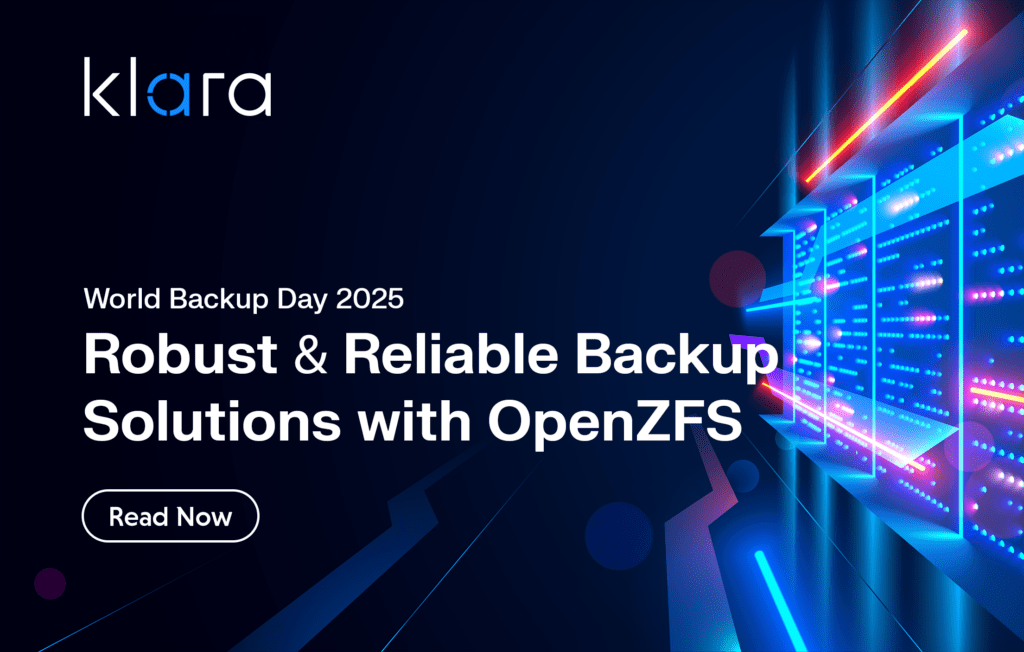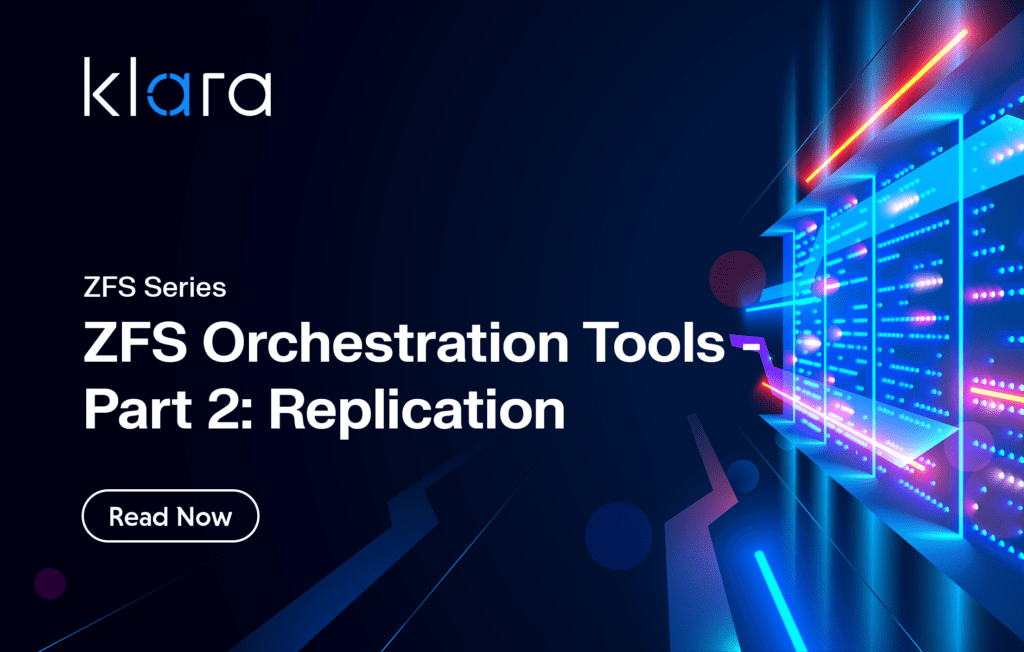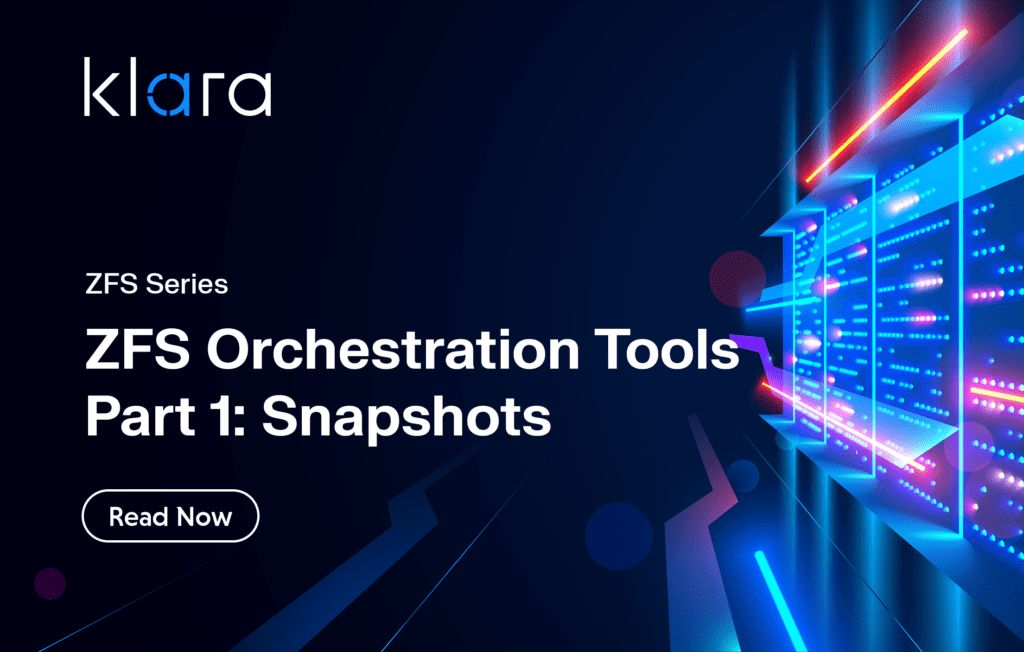ZFS in Virtualization: Storage Backend for the Pros

OpenZFS is already a powerhouse of reliability—but when it comes to virtualization, it truly shines. With features like checksumming, snapshots, and replication, plus smart hardware and topology guidance, this article explores how to get the best performance and endurance when using ZFS as a VM storage backend—from homelabs to datacenters.
World Backup Day 2025: Robust & Reliable Backup Solutions with OpenZFS

World Backup Day Special: Don’t risk your data! OpenZFS delivers rock-solid backup solutions with instant snapshots, lightning-fast recovery, and built-in protection. See why ZFS is the ultimate disaster recovery choice.
ZFS Orchestration Tools – Part 2: Replication

ZFS replication ensures efficient backups and failover readiness by leveraging snapshots and optimized data transfer. This guide covers push vs. pull replication, transfer steps, connection methods, compression strategies, and advanced features to help you choose the right tool for your needs.
Why ZFS Reports Less Available Space: Space Accounting Explained

ZFS space accounting can be tricky, often showing less available storage than expected. This guide breaks down how ZFS tracks space, the impact of snapshots, and how features like compression and deduplication affect storage usage.
ZFS Orchestration Tools – Part 1: Snapshots

ZFS snapshots are powerful, but manual management isn’t efficient. This article breaks down automation tools that simplify scheduling, retention, and cleanup. We take a close look at pyznap, sanoid, znapzend, and more, comparing their features and configurations to help you choose the right fit.
ZBM 101: Introduction to ZFSBootMenu

Explore how ZFSBootMenu brings Linux the power of OpenZFS Boot Environments. Learn how system administrators can roll back to previous snapshots or clone them entirely before booting into any version of the operating system. Formerly limited to FreeBSD and Solaris, this technology is now accessible for Linux users too, offering powerful system recovery and backup solutions.
OpenZFS – OpenZFS, Your Data and the Challenge of Ransomware

As commercial storage becomes increasingly expensive, more and more of the Education vertical is looking at Open Source solutions for storage. In this article, we discuss the value of OpenZFS for Universities and how system administrators can best leverage it to their benefit.
FreeBSD vs. Linux – Which Operating System to Use for OpenZFS

Age-old discussion: ZFS running on Linux or FreeBSD? We’re not going to set out to tell you which operating system you should use. Both choices are excellent — but we’ll lay out how different (or alike) it is to run OpenZFS on either to help anyone on the fence decide which OS to use beneath our favorite filesystem.
httm – The Hot Tub Time Machine is Your ZFS Turn-Back-Time Method

You may already know how powerful ZFS snapshots are at enabling simple recovery from accidentally or maliciously deletion or corruption of files, but with a tool like Hot Tub Time Machine (HTTM) you can manage this on a per file basis even more easily. Enabling self-service restoration can reduce the load on your IT team, and HTTM even works on machines that do not use ZFS, as long as they are backed up to ZFS.
Tuning recordsize in OpenZFS

For many people, tuning OpenZFS isn’t really necessary—performance on the conservative default settings is more than ample to get what they need done.
However, To get the best performance, matching the recordsize to your application provides a large performance boost. Learn how to match your dataset to your workload.





